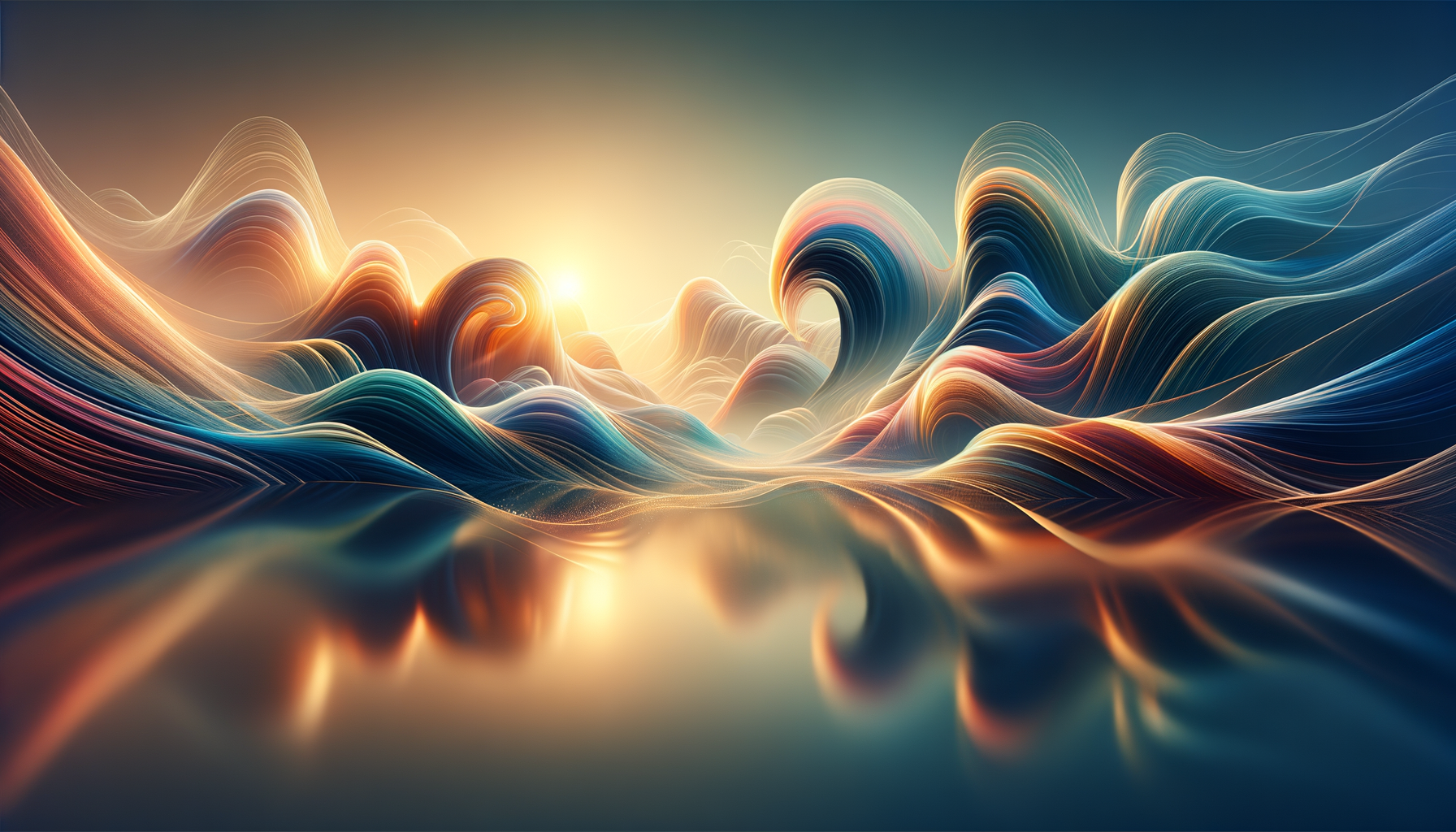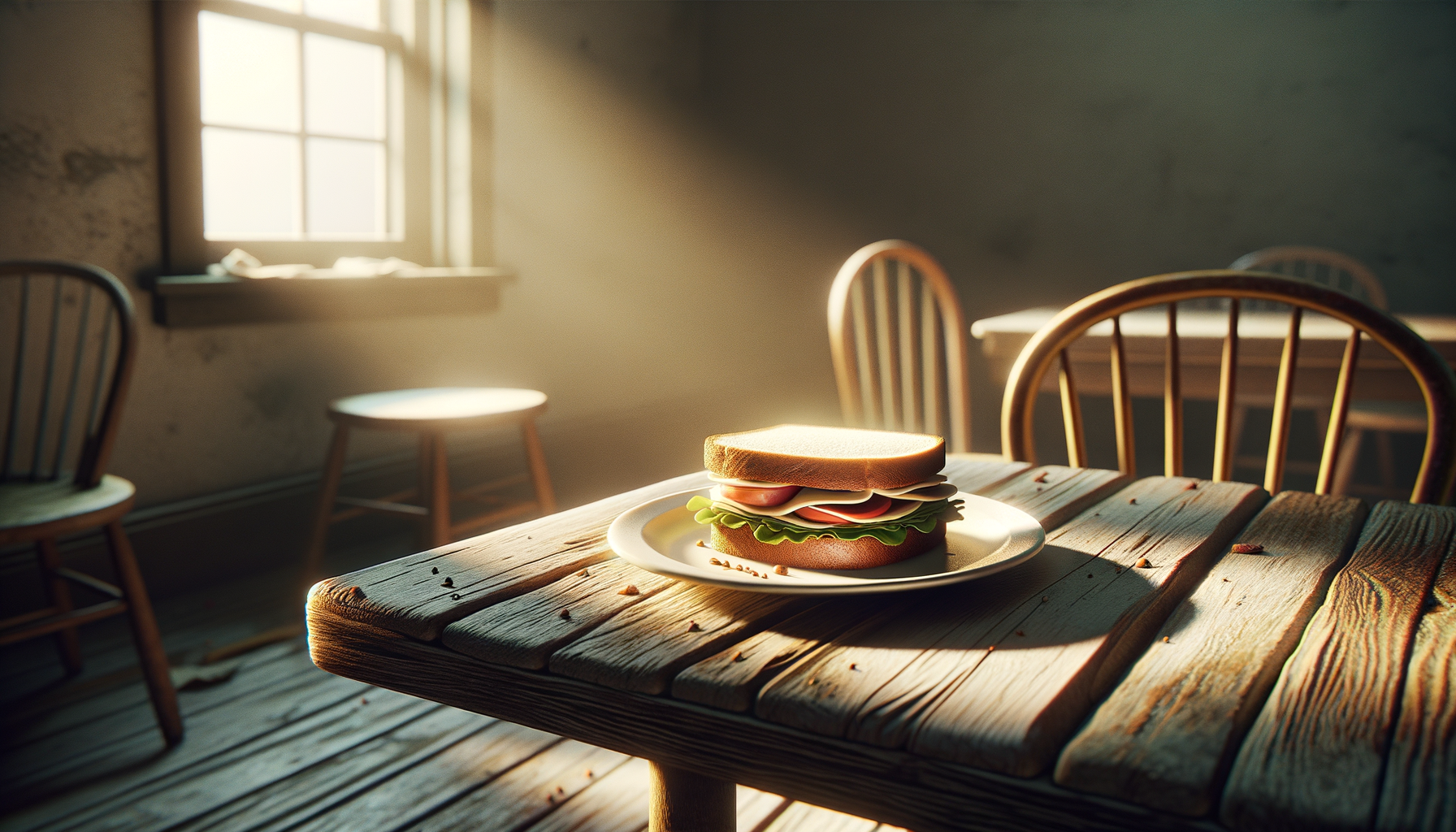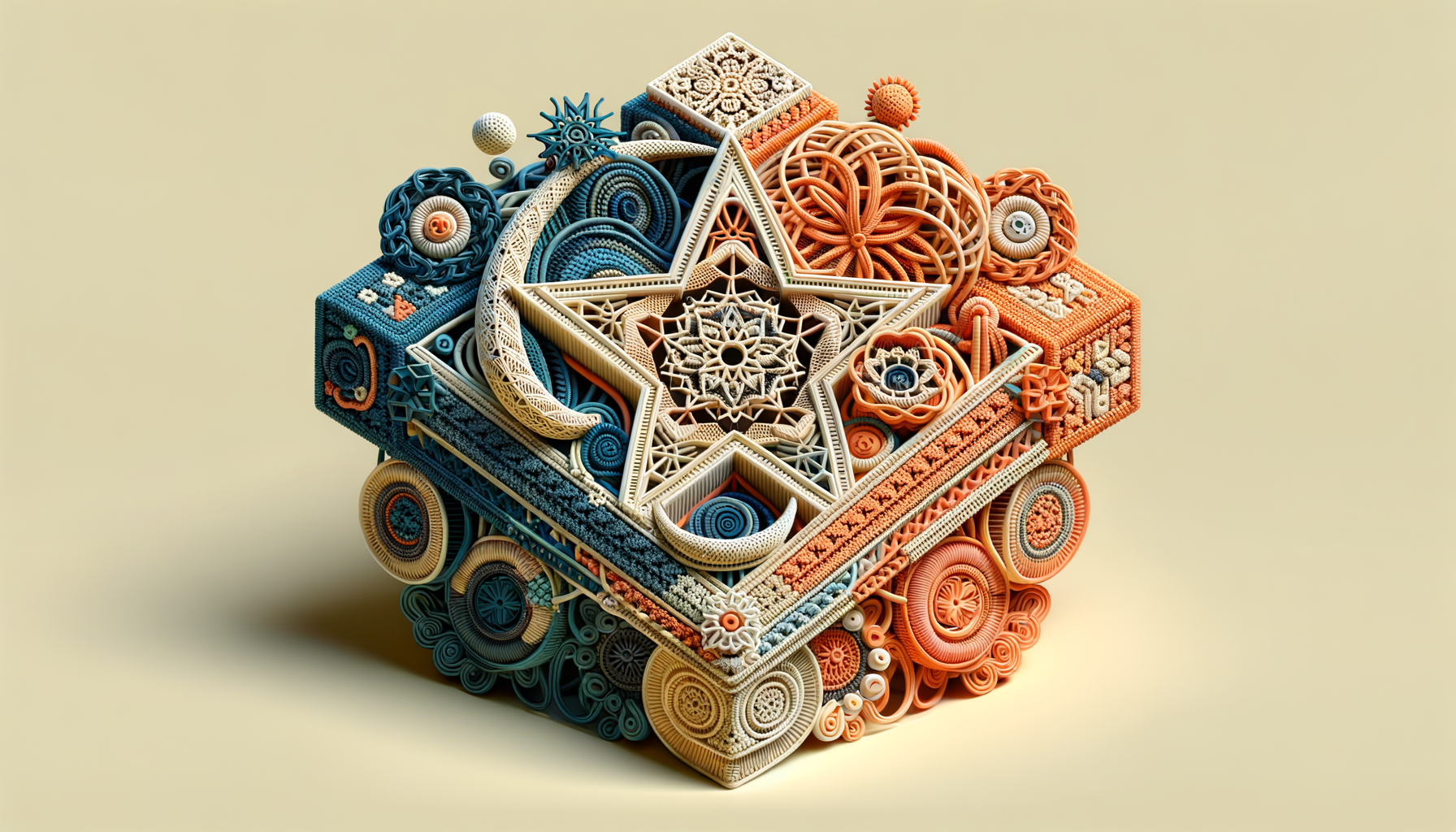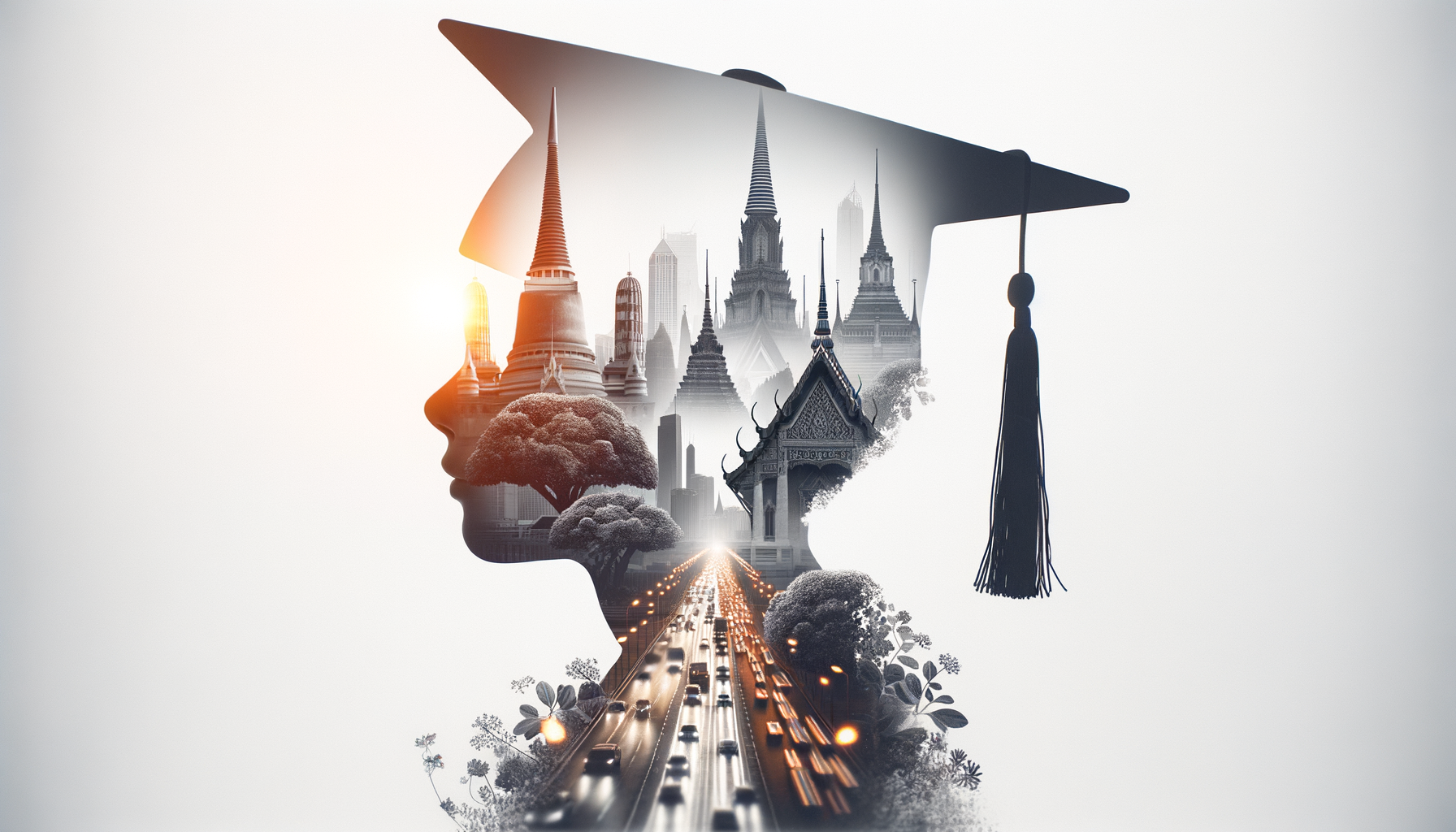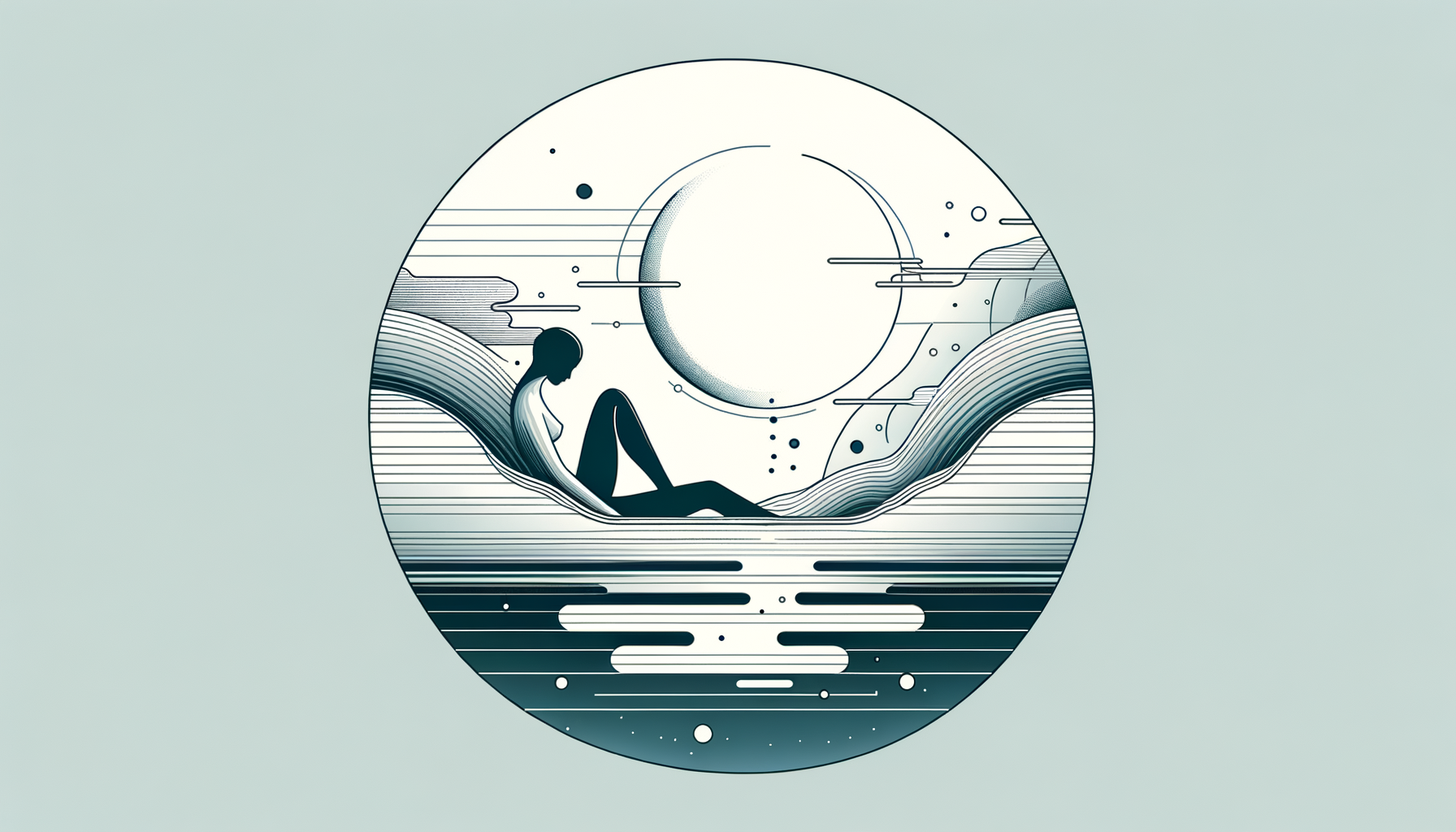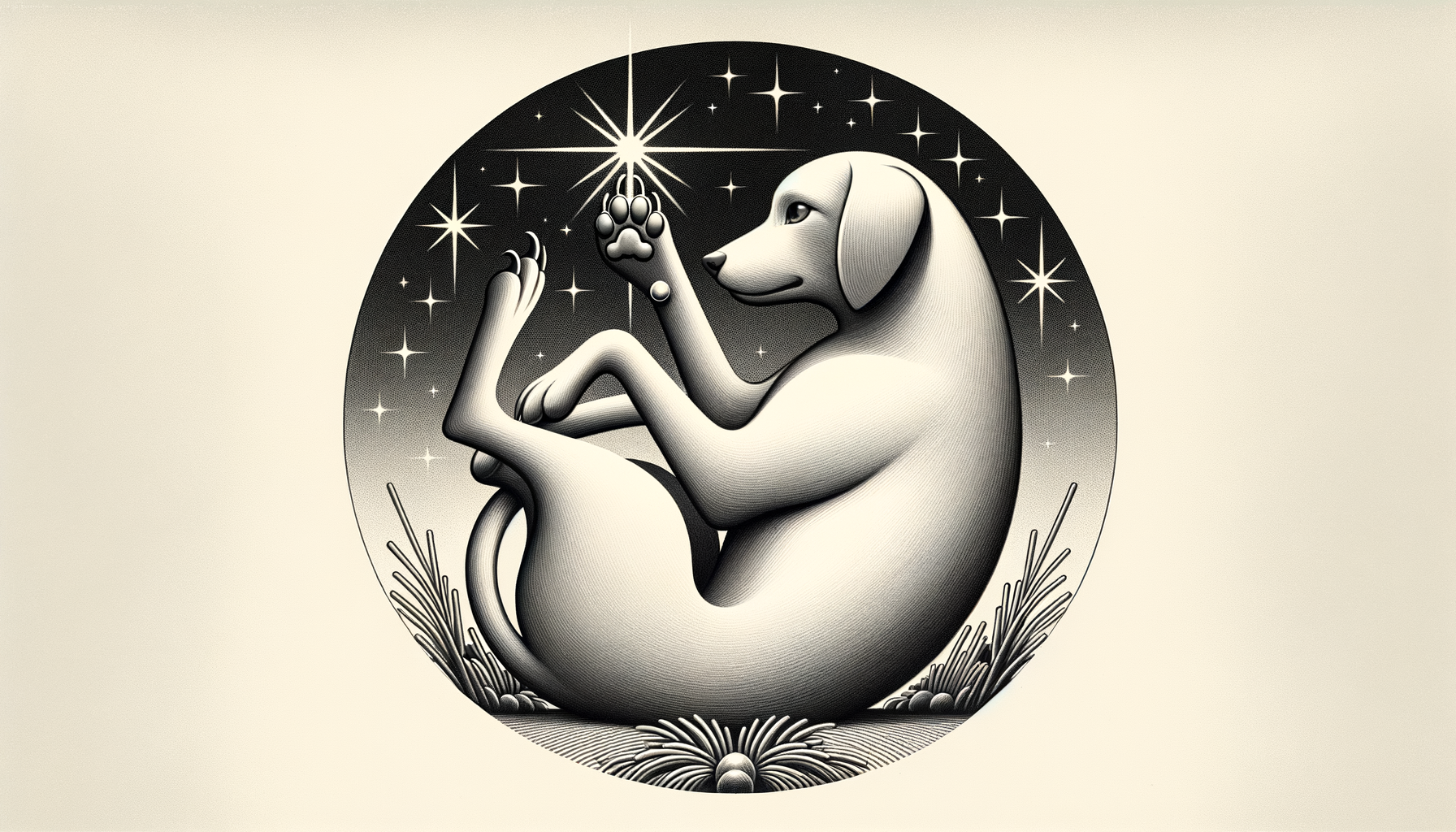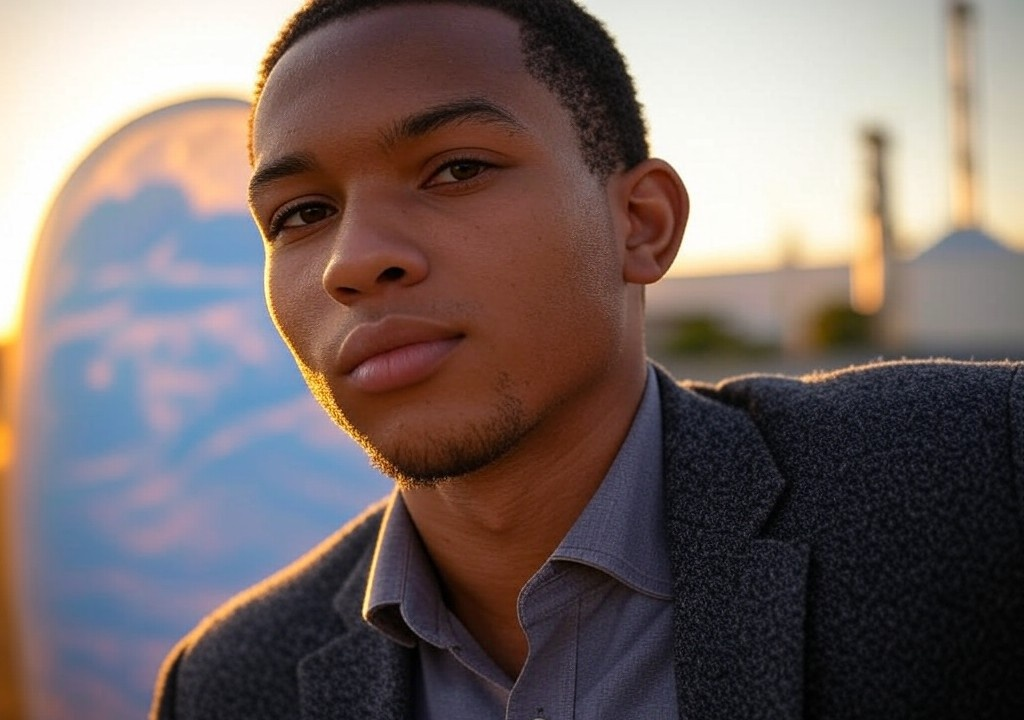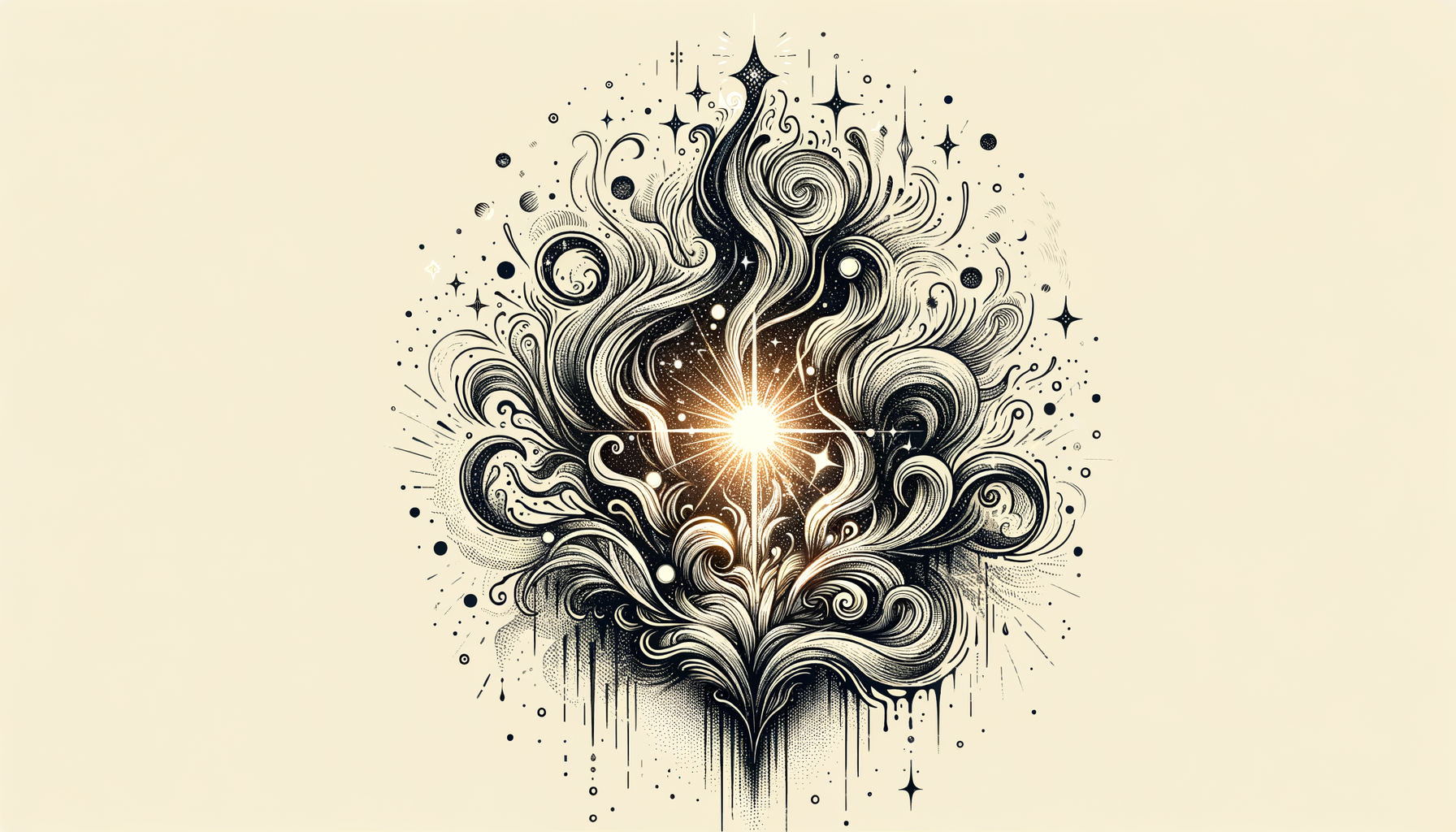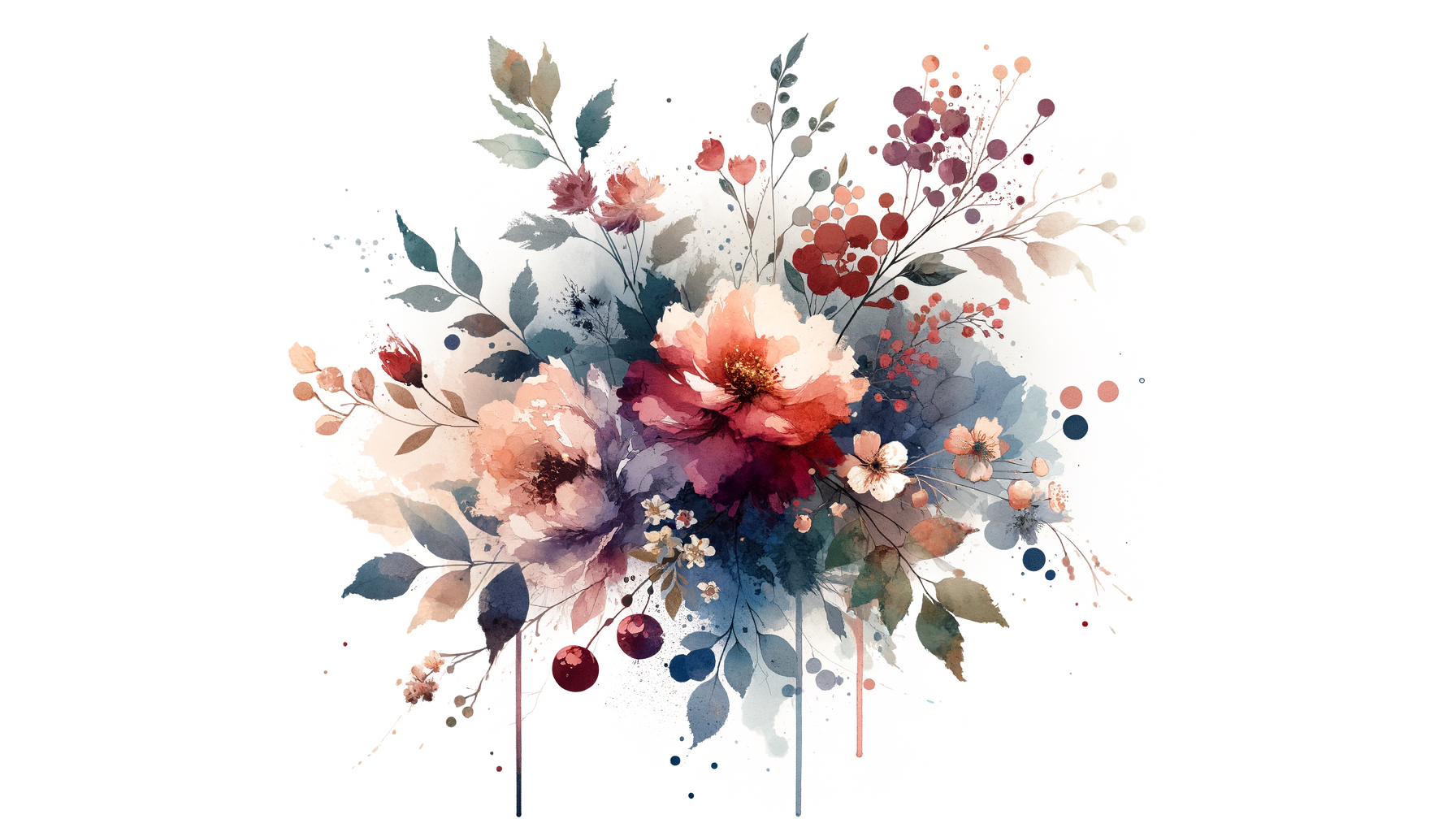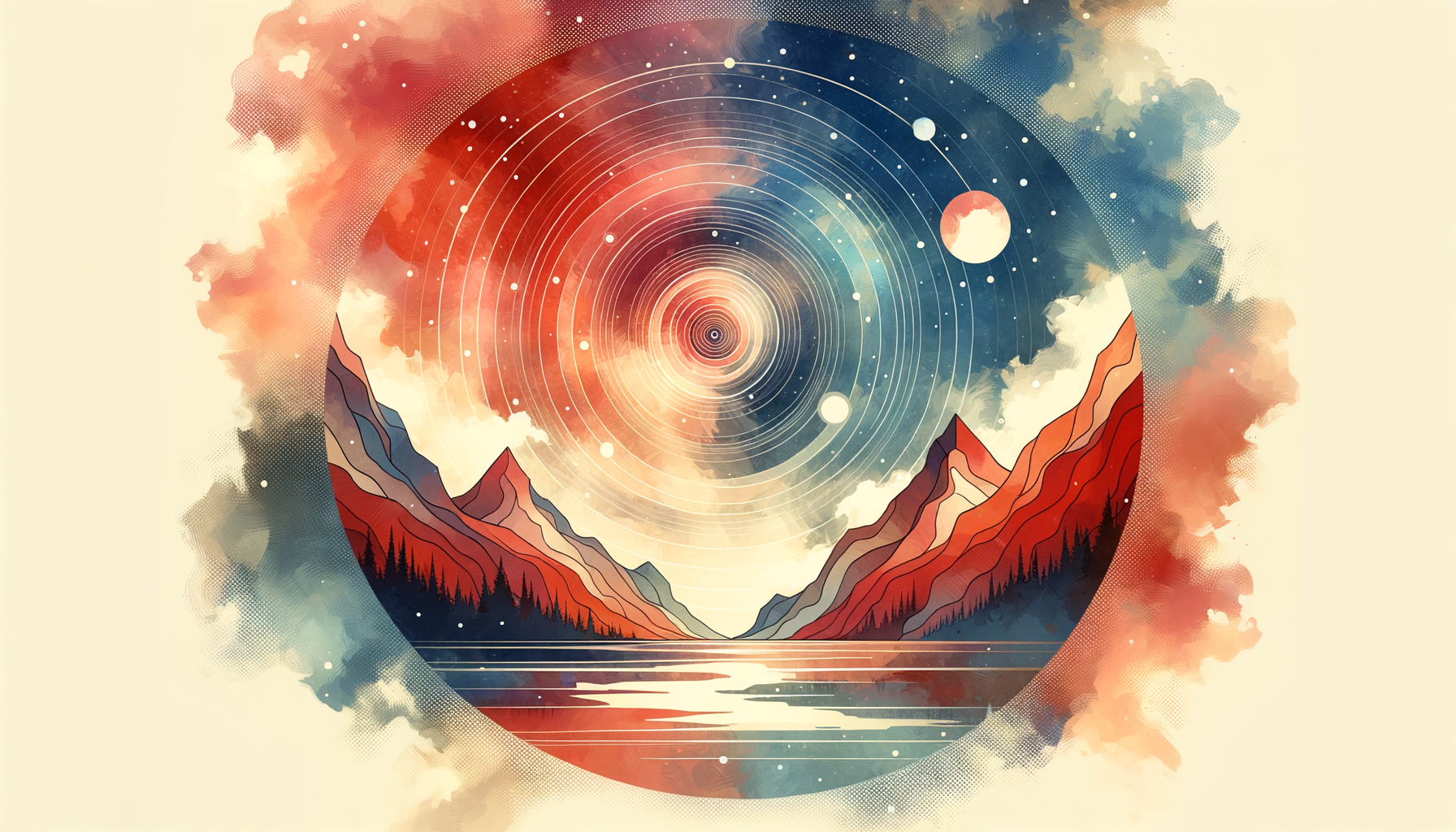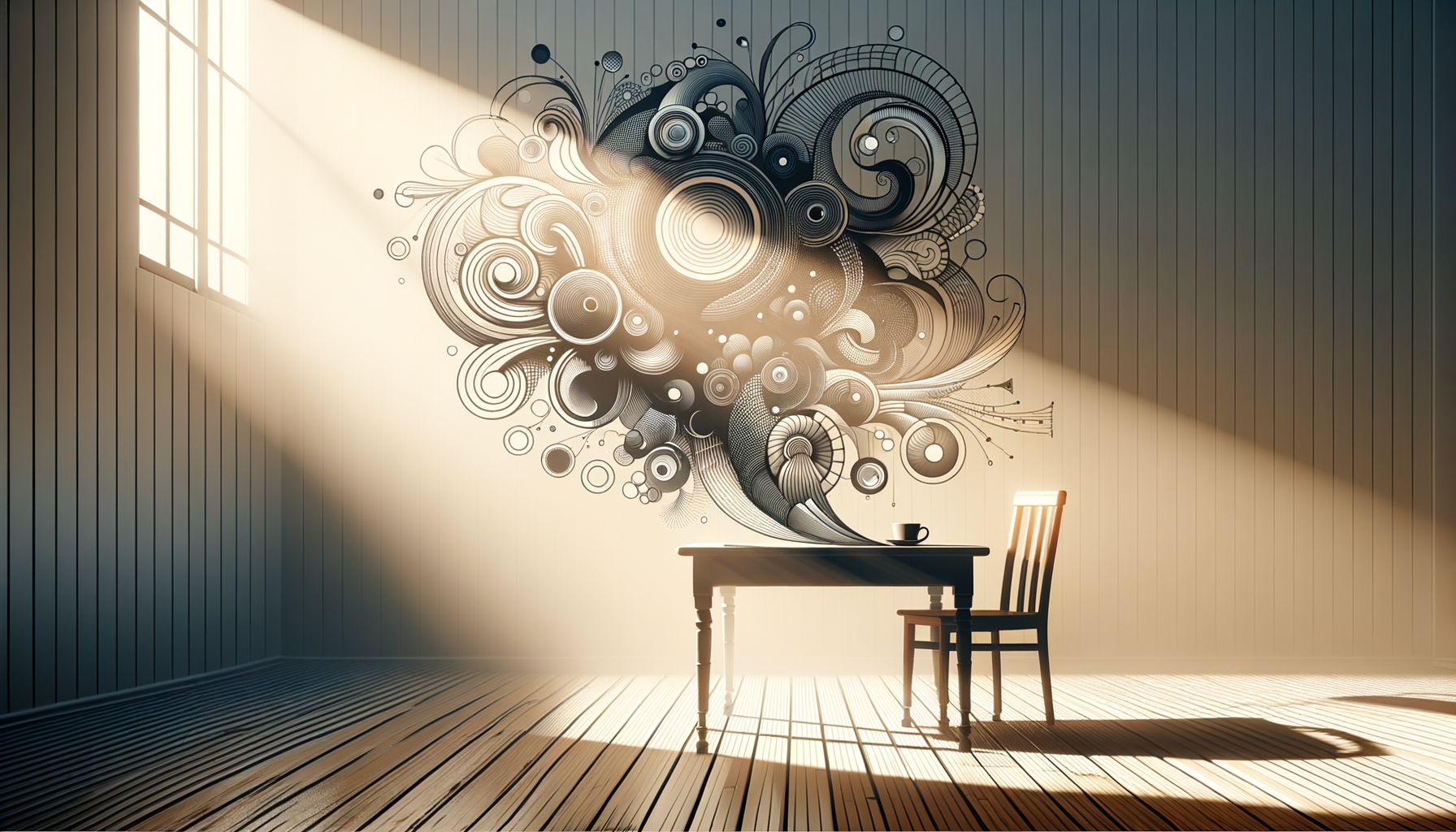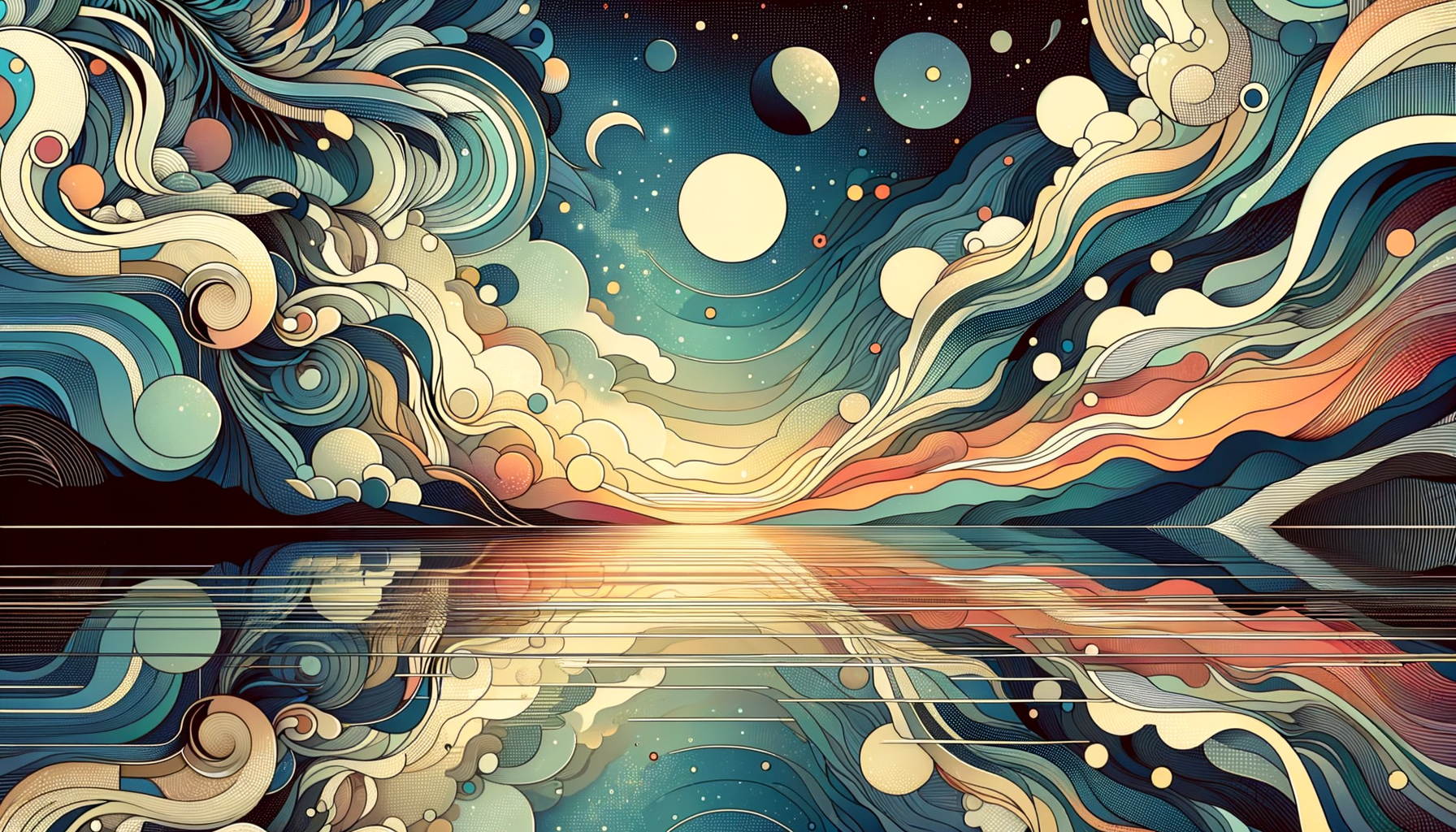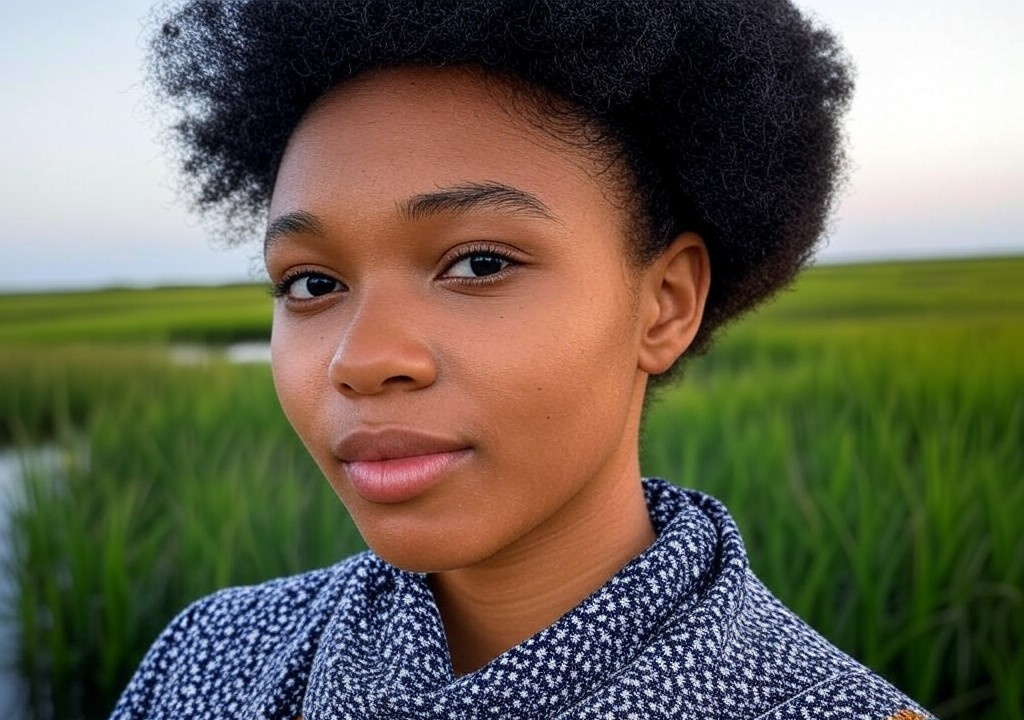A Creative Spark: The Rituals That Keep My Imagination Afloat
“Anchoring” My Morning Routine
They say inspiration doesn’t strike—it has to be coaxed. Personally, I come alive around 6:30 AM, when the New England dawn paints the sky in watercolor hues of pink and orange. The first rule of my creative ritual? Start the day as if I’m about to captain a schooner into uncharted waters. OK, fine, that’s melodramatic. Really, this just means brewing a fresh pot of Earl Grey in my favorite oversized mug (the one stamped with a lobster, naturally) and lighting a sea salt and cedarwood candle. There’s something about the ritual of that first sip of tea, the faint crackle of the wick, and the aroma of the coast that clears the mental clutter of yesterday like a swift tide carrying debris out to sea.
I turn on music—a range somewhere between Billie Holiday’s velvety croon and crackly vinyl recordings of Edith Piaf. Trust me, the right soundtrack makes even your most mundane tasks feel deeply cinematic, and setting the tone early helps carry my creativity throughout the day. I think of this ritual as “anchoring,” grounding myself with familiar comforts before diving into the ebb and flow of writing.
Tip for you: Find something sensory—a scent, a sound, a texture—that signals, “It’s go time.” Whether you’re journaling or prepping for a big work presentation, a grounding ritual can trick your brain into taking focus seriously.
Channeling My “Cottage Core” Nostalgia
You know those viral TikToks of people churning butter or pressing flowers into antique books? They might be onto something. For me, creativity thrives in the hum of purposeful activity that doesn’t demand my full mental bandwidth—enter my ongoing love affair with old-school hobbies. I’ve been known to make entire batches of blueberry jam while mentally hashing out a story arc or braid day-old bread dough into golden ropes as I brainstorm dialogue nuances. Is canning fruit going to win me a Pulitzer? Doubtful. Will it yield six adorable mason jars and a eureka moment about a character’s motormouth tendencies? Absolutely.
There’s something truly liberating about not staring directly at the blinking cursor on a blank screen. Often, the best ideas sneak up when you’re mid-stitch on an embroidery project or evenly spacing shortbread cookie dough onto a baking sheet. My theory is that creative energy feeds on just enough structured distraction to loosen overthinking.
If kneading sourdough starters isn’t your thing, no worries. You don’t need to invest in butter molds or vintage pickle jars to let your hands wander and your imagination roam. Try coloring a page in a sketchbook or rearranging plants on your windowsill instead. Sometimes, productivity lurks in the guise of play.
Taking the Ocean’s Advice: Work in Waves
Somewhere around hour two of writing or brainstorming, I make like the Atlantic and roll out to shore for a while. Here’s the thing: constant hustle kills imagination. No one’s brain churns out brilliance on command, and the belief that “pushing through” is the only way to create? Lies. When I catch frustration rising—words tangled, ideas slipping away—I take my cue from a lifetime spent oceanside: Creativity moves in rhythms.
During summer afternoons, you might find me walking along Gooch’s Beach barefoot, letting the icy Maine waves lap at my ankles while I work through plot snags in my head. Gray winter mornings? I fall back on what I’ve dubbed my “Maritime Break.” This might mean flipping through a weathered guide to coastal architecture, hunting down buried treasure in a thrifted novel, or even sitting by my fireplace with an over-the-top period drama. (I admit, watching Mr. Darcy storm through the rain still gets the ideas flowing, cliché or not.)
My advice? Don’t beat yourself up for needing to step away. Think of it less as procrastination and more as building up steam. Whether you’re taking long walks, scrolling innocent Pinterest boards, or singing along loudly (and poorly) to Fleetwood Mac—those so-called breaks are an essential part of the process. Your next big solution could be lurking one hazy stroll or chorus away.
Writing as if I Were Storyboarding My Love Life
Sometimes, I approach my stories the way I imagine some people write their personal dating manifestos: scattered post-its (color-coded with increasing desperation), questionable metaphors, and endless rewrites. Honestly? This chaos is its own ritual.
I won’t pretend I glide through drafting like some poised sea queen immortalized in oil paint. On bad days, it’s more like herding emotionally unstable lobsters into alphabetized crates. There’s hair-pulling, aimless staring out windows, and searching my vocabulary for something better than “behold”—but eventually, I find my flow.
What helps? Organization disguised as whimsy. I keep a corkboard above my desk filled with hilarious—and mildly unhinged—notes meant to jar my brain into gear. Things like, “Remember: NOT every woman wears a shawl!! STOP THIS,” or, “Do NOT forget ships – it’s in the title!!” surround slightly better ideas—storylines about maritime family feuds or characters who argue over chowder recipes.
Whether it’s writing a novel or crafting texts that don’t sound desperate, let me offer this nugget of wisdom: Let yourself go all-in, full scribbler mode. Assemble chaotic mental maps. Write the bad sentences (like a modern Hallmark tagline, but worse). Creativity cannot be perfect, sanitized, planned out with the precision of lobster traps. Trust me, eventually something clicks in that beautiful mess.
When All Else Fails, Romance the Process
Maybe it’s my love of sweeping, windswept vistas, or maybe it’s growing up in a town where romance practically clings to the salty air, but sometimes boosting creativity is as simple as creating the right mood. Think of it as dating your muse, an old-school courtship.
For example: I dim the lights in my study as twilight approaches, crack open the windows to let in a salty breeze, and nestle into my leather reading chair with a blanket. I’ll reread some classic literature—Edith Wharton or Virginia Woolf is like conversational champagne for me—and let their brilliance refresh my creative reserves. (“Oh, so THAT’S how you describe something gorgeously broken without actually saying the words ‘gorgeously broken.’ Thank you, Edith!”)
Romancing the process might mean staging little work sessions that feel indulgent: Jazz music crooning in the background, warm croissants at your elbow, and real paper in front of you instead of yet another blinking computer screen. Creating isn’t about white-knuckling your way to productivity. It’s about feeling inspired to show up again tomorrow, swooning for the work all over again.
Final Thought: The Rising Tide of Creativity
If you’re still waiting for that mystical lightbulb moment to “feel” creative, here’s a pep talk as salty as the Maine coast itself: creativity isn’t a gift you sit around to receive—it’s a muscle you stretch. Yes, rituals help. Yes, working within your rhythms matters. But sometimes the best thing you can do is simply begin. Roll up your sleeves, make a mess, and figure it out as you go.
Because creativity doesn’t have to be perfect to matter. Whether your genius strikes at dawn with tea in hand or under moonlight with chocolate smudges on your manuscript, remember: the process is part of the magic. And like the tide rolling back in, your ideas will always find their way to you—one beautifully imperfect wave at a time.

